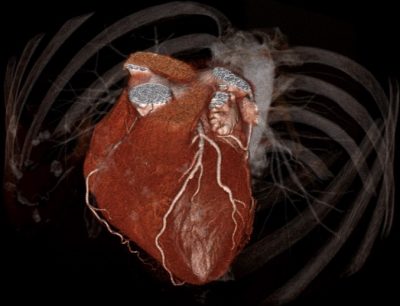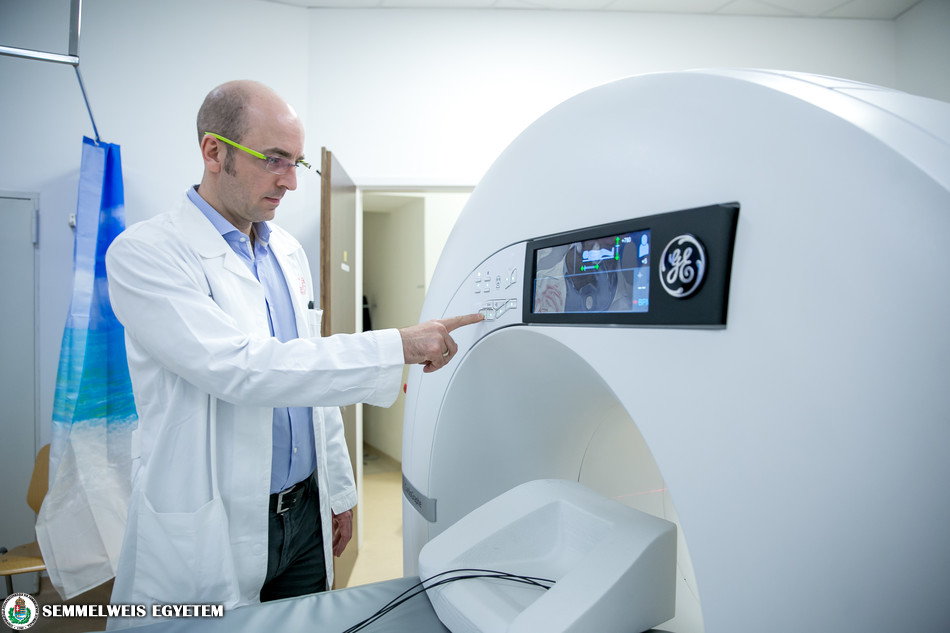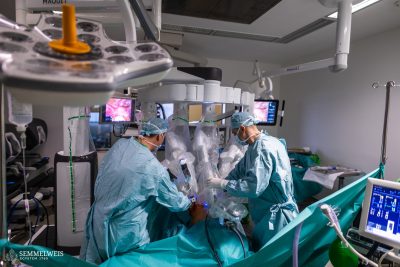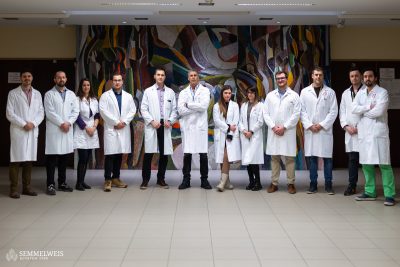 Coronary artery disease (CAD) is common across the globe and is one of the leading causes of death in developed countries and aging populations. The current standard diagnostic test for coronary artery disease is a minimally invasive procedure known as coronary angiography (or cardiac catheterization). This test shows if the coronary arteries supply a sufficient amount of blood or whether blood flow is impaired by arterial narrowing. Any narrowing detected in this manner can be treated during the procedure itself, through the use of small, inflatable balloons and extremely thin mesh tubes known as stents, which are used to prop open the newly widened blood vessels. More than 3.5 million of these procedures are carried out in European catheterization laboratories (or cath labs) every year, and numbers continue to increase. Approximately two million – i.e., significantly more than half – of these minimally invasive procedures do not involve immediate treatment in the cath lab. In these cases, the procedure is able to rule out narrowed or blocked coronary arteries.
Coronary artery disease (CAD) is common across the globe and is one of the leading causes of death in developed countries and aging populations. The current standard diagnostic test for coronary artery disease is a minimally invasive procedure known as coronary angiography (or cardiac catheterization). This test shows if the coronary arteries supply a sufficient amount of blood or whether blood flow is impaired by arterial narrowing. Any narrowing detected in this manner can be treated during the procedure itself, through the use of small, inflatable balloons and extremely thin mesh tubes known as stents, which are used to prop open the newly widened blood vessels. More than 3.5 million of these procedures are carried out in European catheterization laboratories (or cath labs) every year, and numbers continue to increase. Approximately two million – i.e., significantly more than half – of these minimally invasive procedures do not involve immediate treatment in the cath lab. In these cases, the procedure is able to rule out narrowed or blocked coronary arteries.
The main question addressed by the DISCHARGE Trial Group was whether the low-risk, non-invasive coronary CT method can provide a safe alternative to catheterization in certain patients with suspected CAD.
In order to test the effectiveness of both of these diagnostic imaging techniques in patients with stable chest pain, the project followed more than 3,500 patients for a duration of four years. Using a process known as randomization, patients were assigned by chance to either computed tomography or cardiac catheterization. If their initial evaluation ruled out obstructive coronary artery disease, participants were discharged back to their referring physician for further treatment – a step which gave the trial its name: DISCHARGE. Patients who were diagnosed as having the disease were managed in accordance with European guidelines at the time of the study.
The trial was led by Prof. Dr. Marc Dewey, Vice Chair of the Department of Radiology on Campus Charité Mitte, and his team, and involved a total of 31 partner institutions from across 18 European countries. Discussing the study’s long-term results, Prof. Dewey says: “The trial confirmed that a CT-based management is safe in patients with stable (i.e., non-acute) chest pain and suspected coronary artery disease.” Evaluation of safety was based on the incidence of major cardiovascular events over a period of up to four years.
“Among the patients referred for cardiac catheterization and included in this trial, the risk of major adverse cardiovascular events was found to be similar in both the CT and catheterization groups, occurring in 2.1% and 3.0% of patients, respectively. The incidence of major procedure-related complications was found to be four-times lower in patients managed with an initial CT strategy,”
– says professor Dewey.
“Cardiac CT is a safe, non-invasive alternative to cardiac catheterization in patients with stable chest pain and intermediate risk for coronary artery disease. Importantly, it also provides information beyond coronary luminal narrowing as it can also depict and characterize coronary plaques that do not cause coronary obstruction. This helps to personalize medical therapy, which is a true paradigm shift in the diagnostic workup and treatment of patients with stable chest pain” explains Dr. Pál Maurovich-Horvat, one of three equally contributing first authors of the publication.
The Semmelweis University is the largest healthcare provider in Hungary, with approximately 5000 cardiac catheterizations and 3000 cardiac CTs performed at the Heart and Vascular Center annually. The Heart and Vascular Center of the Semmelweis University has enrolled more than 500 patients in the trial, contributing to the success of this large clinical investigation.
“We are pleased that the results of this landmark trial were published in the most prestigious journal, the New England Journal of Medicine, because this also signals the importance and the high quality of this pan-European project“ says Dr. Béla Merkely, director of the heart center and rector of Semmelweis University, who is also among the co-authors with several other colleagues from the Heart and Vascular Center. Professor Merkely adds that “As an interventional cardiologist I also prefer to perform procedures that provide treatment of coronary luminal narrowing, such as stent implantation. The diagnostic workup can be performed by our experts in cardiac imaging.”
About the European DISCHARGE project
DISCHARGE is a multinational research consortium comprising 31 partners from 18 European countries. At the project’s core is a randomized, controlled trial which includes 26 clinical sites and has been running since 2015. Drawing on insights gained as part of the Charité-based CAD-Man study, the project investigates whether (and which) patients with stable chest pain and a suspected diagnosis of coronary artery disease may benefit from a diagnostic imaging strategy using computed tomography (CT) as opposed to catheterization. The DISCHARGE study was part-funded by the European Union’s Seventh Framework Program (Grant No. 603266 l ClinicalTrials.gov number NCT02400229) for a duration of 6 years (2014 to 2020).
By helping to reduce the large number of catheterization procedures being performed, this new strategy could also help relieve pressure on health care systems. Summing up the significance of the research, Prof. Dewey says: “Now that CT has been standardized and quality-tested as part of the DISCHARGE trial, this method could be made more widely available as part of the routine clinical care of people with intermediate CAD risk.” As a next step, the trial’s method for estimating a person’s clinical risk of having coronary artery disease will need to be further evaluated to determine whether it can improve referral and indication for CT in routine clinical care. Health economics are an important component in making decisions about reimbursement in health care systems. As mentioned in the discussion of the publication, further methodologically very rigorous cost-effectiveness analyses of CT and cardiac catheterization are necessary and will be conducted by the DISCHARGE Trial Group.
Source: Charité – Universitätsmedizin Berlin, Semmelweis University



